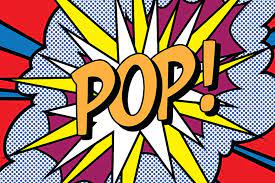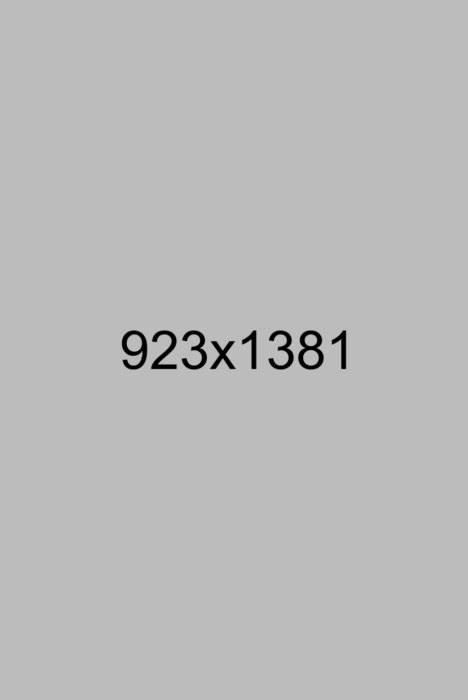Pop Art is maybe the most famous art movement in the history of art, even if someone never heard of this for sure has seen a Marilyn Monoroe portrait, or a Campbell’s Soup Can. Pop Art was born between the 1950s and 1960s and emerged in the USA and Britain, when artists started utilizing commercial production techniques to create artworks, breaking the boundaries between pop culture and painting, blending the images of pop culture and high art production. It was born as a reaction to consumerism, mass media, and popular culture. Later, we could say that it became a partner of consumerism, but in contrast with modernism which was considered cold and elitist, pop art broke the hierarchy in the “fountain” of inspiration as it was considered not in connection with the surrounding environment. The prototype of pop art was the Independent Group or IG in England and Richard Hamilton was part of it together with Nigel Henderson, Eduardo Paolozzi, William Turnbull, John McHalle, and the critics Raynar Banham and Lawrence Alloway.

Lawrence Alloway (1926-1990) English-born, American curator and art critic keeps the credit for the term “pop art”. Initially, Alloway used the expression “pop culture” to refer to “the products of the mass media”, and not to “works of art that draw upon popular culture”. In the early 1960s, the term was used as a label for such art. Everything that was produced from comic books, advertisements, and packaging, to moving images from cinema and television was part of the iconography of the pop art movement.
Richard Hamilton (1922-2011) English painter and collage artist said about Pop Art: it is “popular, transient, expendable, low-cost, mass-produced, young, witty, sexy, gimmicky, glamorous, and Big Business”.

The most important characteristics of pop art are:
- The appropriation of the images coming from mass media: i.e. the incorporation of recognizable images from American Pop Culture, like the use of celebrities, film advertisements, and tabloids.
- The fact of elevating the ordinary: i.e. everyday images transformed into fine art (with status) like the soup cans of Andy Warhol.
- Therepetition: i.e. the serialization of a single object, the same image used multiple times in a single work of art as a celebration or a critique of mass production.
- Theirony, satire, and humor: Humor was certain artistic choices just for fun, but we can also observe an ironic and satiric mood as a critical statement on the mentality of mass production and consumerism of modern society. Especially, an attempt to call into question the consumerism and industrialism of American culture and the commercialization of art and the artist him/herself.
- The monumental imagery: i.e. in pop art often we have extremely huge artworks.
- The bold colours: i.e. the use of vivid red, bright yellow, royal blue, not natural tones, neon, and fluorescents to be sure to get the attention of the public, just like in advertisements.
- The pulp culture: is the choice of an artist to “borrow”for his/her/@ artwork the style of another medium Lichtenstein used illustrations of the comic book in his paintings, without dialogue though.
- The Geographical Variations:depending on the region in the US, Los Angeles or New York, the focus of the pop artistic production varies. Consumer goods are less important in Los Angeles and images of surfing and motorcycles are more prevalent than in New York. The same is observed also between the US and the UK, as in England due to the postwar climate the artists are less focused on the luxury image of celebrities and advertisement and their artistic production had a more critical attitude toward consumerism concerning the US.
Pop Art Techniques
The artists of the pop art movement use non traditional techniques and expolre innovative styles to come closer to the public and change the status of low art in high art. As it is alredy know the basic techniques are printing especially silkscreening, woodcut, etching, and lithography, mixed media, and collage.
Pop Artists to know
As we saw before in the premature pop art is the independant group with artists like Richard Hamilton, Nigel Henderson, Eduardo Paolozzi, William Turnbull, John McHalle.
In the actual pop art movement are Andy Warhol, Yayoi Kusama, David Hockney, Roy Lichtenstein , Claes Oldenburg, Robert Rauschenberg, Jasper Johns, Keith Haring, Robert Indiana, James Rosenquist, Alex Katz, Takashi Murakami, Pauline Boty, Evelyne Axell, Rosalyn Drexler, Marjorie Strider, MarisolEscobar, Idelle Weber, Kiki Kogelnik, Marta Minujin, Corita Kent.
► View Sources
Sources
https://www.invaluable.com/blog/what-is-pop-art/
https://robertlynnelson.com/what-techniques-are-used-in-pop-art/
https://picsart.com/blog/post/how-to-make-pop-art
https://osnatfineart.com/blog-details/24
https://www.thefuturepositive.com/blog/what-is-pop-art/#:~:text=It%20was%20a%20statement%20on,Warhol%20himself%20embraced%20this%20irony.
https://www.thecollector.com/pop-art-artists-famous-artworks/
https://www.masterclass.com/articles/pop-art-guide
https://www.artlex.com/art-movements/pop-art/characteristics/#:~:text=In%20this%20article%20we%20will,monumental%20imagery%2C%20and%20regional%20differences.
https://www.canva.com/learn/ways-pop-art-changed-modern-design/
Gillett, U. M. (1976). Irony in pop art (Unpublished master’s thesis). University of Calgary, Calgary, AB. doi:10.11575/PRISM/18568
Chilvers I., Glaves-Smith J., 2009, Oxford Dictionary of Modern and Contemporary Art, 2nd Ed, Oxford University Press, New York, USA

